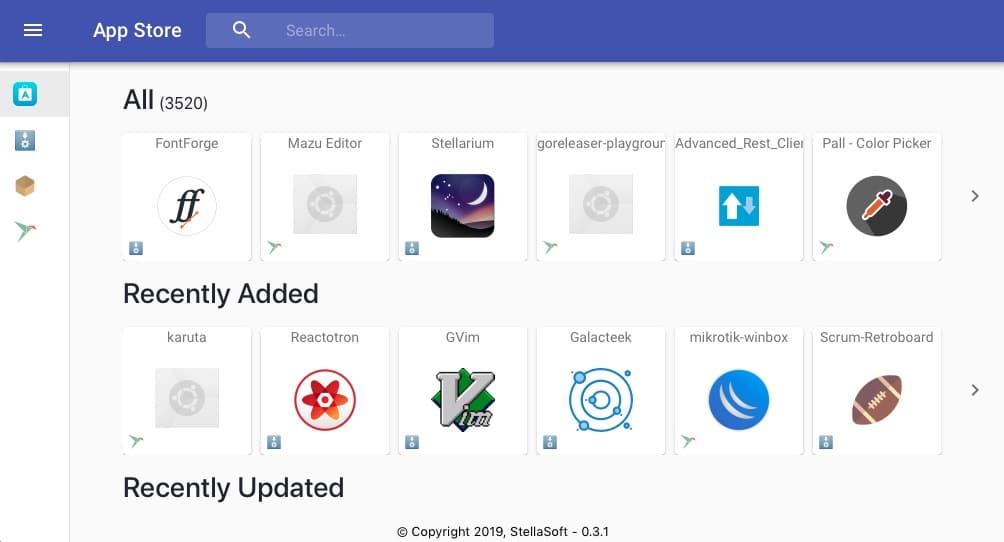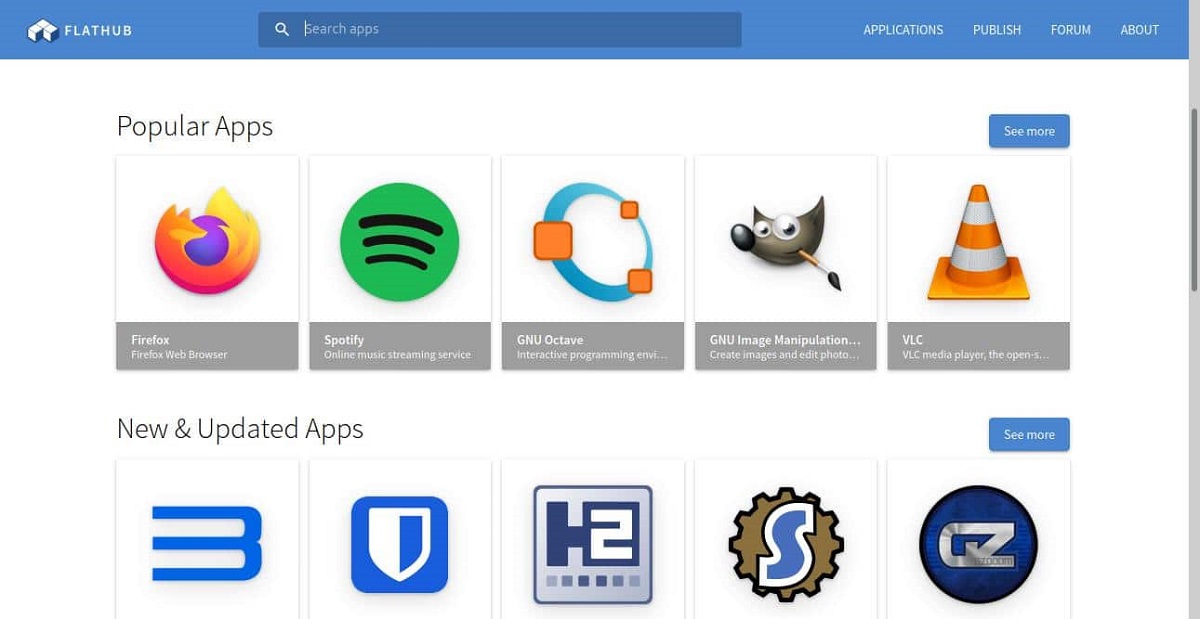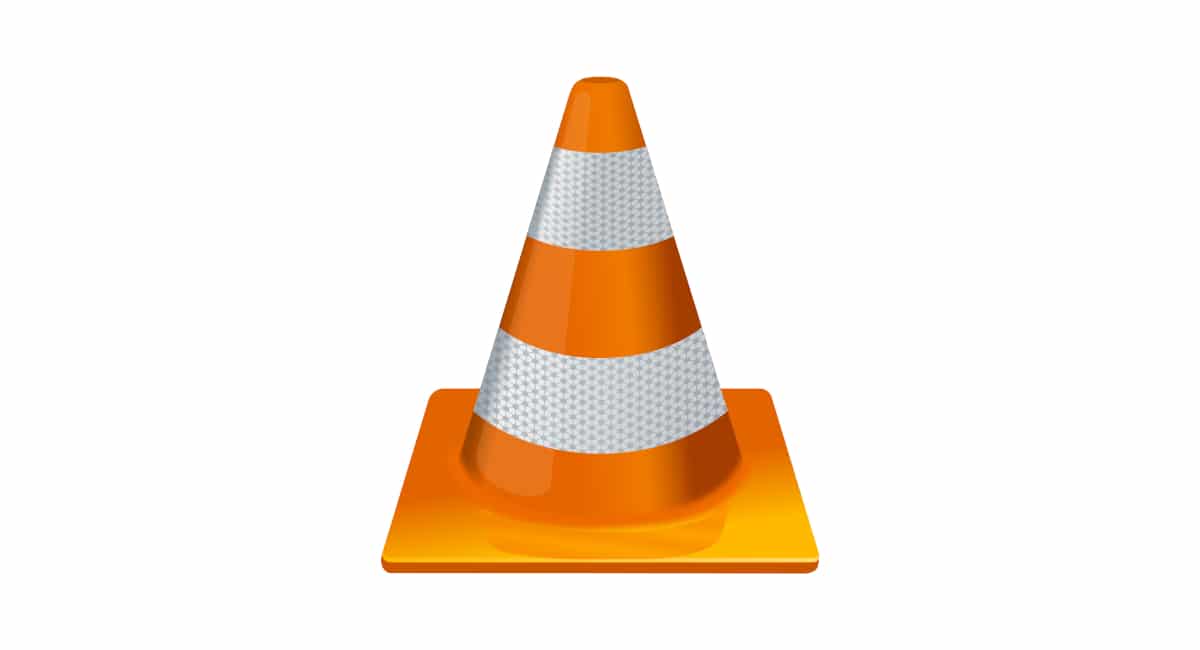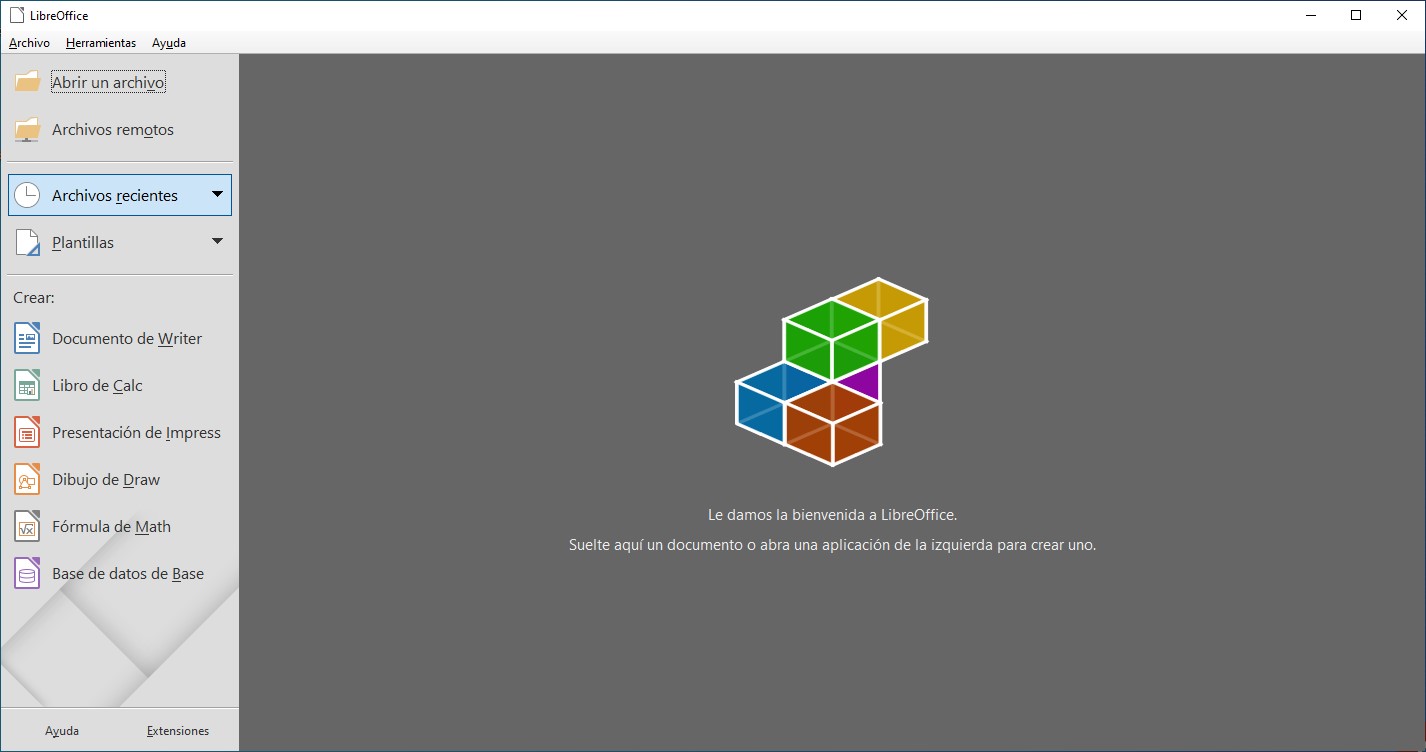
If we talk about Linux, we have to talk about Ubuntu, the most popular Linux distribution. Many are the distros that are based on Ubuntu, therefore, the processes to perform functions, such as uninstalling applications, are exactly the same, a really very simple process to do.
If we talk about Linux distributions, we also have to talk about other interesting options such as Debian, Fedora, Kali Mint o CentOS to name the most popular. Linux distros are usually available in two versions: command line (no graphical interface) and desktop version (with a Windows-like interface).
Regardless of its interface, we will show you below two methods to uninstall programs in Ubuntu.
Uninstall a program in Ubuntu
As I have commented above, Ubuntu (rather Linux), puts at our disposal two interfaces that allow us to interact with the operating system: command line and graph. If you have used macOS regularly for years, you will know that many of the commands available, the Apple operating system for desktop computers is based (in part) on Unix, they are practically the same or very similar.
The origins of Unix go back to the early 70s, an operating system written entirely in C language that belonged to the AT&T operator, which sold licenses to universities and a little later to the general public. The code could not be modified since it was not Open Source, although that did not prevent different versions from appearing, with Free BSD being the most popular.
Linux began its journey in 1983 by the hand of Robert Stallman (although It did not become popular until the early 90s by the hand of Linus Torvalds), based solely on the functionality of Unix, never on its code with the aim of building a Unix-like operating system that could be distributed freely and for free. Linux was based, in part, on MINIX, a variant of Unix, although all of its code was written from scratch.
Another difference between Unix and Linux is that while Unix is designed to be used on servers, Linux is intended to be used on personal computers, much less powerful than servers where Unix is used. In fact, Linux is the operating system that we can find in many electronic devices such as NAS, surveillance cameras and even in some mobile phones.
With graphical interface (desktop)
- The first thing we must do is access the Software Manager o Software Center (Each Linux distro may have a different name for it).
- Next, we look for the program that we want to uninstall and select the tab Installed / Installed.
- Next, we select the application that we want to eliminate and click on the button Uninstall / Remove.
With command line
To carry out this process, we need to know the name of the application that we want to eliminate, since we have to write it as it is shown on our computer. Once we know that information, we proceed as follows.
- First, we open the command console through the key combination Control+Alt+D.
- Then we write
- apt-get –purge remove program-name
- we press Enter and we write the administrator password and we press Enter again.
How to install applications in Ubuntu

With graphical interface (desktop)
If the Ubuntu version (or any other Linux distro) uses desktop version, the procedure to install an application is the same as in Windows and macOS. We just have to previously download the file with a .dev extension and click on the application to start the installation process.
With command line
Through the command line, we can also install any application in Ubuntu through the command:
-
- apt-get install program-name (including the .dev extension).
Using the command line method, replace the word remove (used to uninstall applications) with install.
The best applications for Linux

Although there are many applications that in addition to offering versions for Windows and macOS, are also available for LinuxWithin this operating system we have at our disposal a large number of options that have little or nothing to envy other operating systems.
Multimedia applications for Linux

- VLC. The VLC player allows us play any type of multimedia content that reaches our team, without the need to install any codec.
- Kodi. It is a open source home theater software that powers home entertainment and is compatible with any device. It is a tool that organizes and allows us to play mainly videos and music that we have stored on our equipment, although it also offers us access to strreaming services.
- Audacity. If you are looking for an application to record and edit audio in digital format, You won't find a better app than this.
- xmms. If what you want is rplay audio files In any format, the application you need and that will meet all your needs is XMMS.
Editing / Imaging Applications for Linux

- GIMP. Like VLC is the best multimedia content player, if we talk about image editing, we have to talk about GIMP, the best completely free alternative to Photoshop And that in addition, it is also available for Windows and macOS.
- Inkscape allows us create vector graphics quickly, easily and completely free of charge.
Productivity apps for Linux

- PDFEdit, If you work regularly with PDF files, the application you need on your computer is PDFEdit, an application that allows us to perform any type of task with this Adobe file format.
- Caliber. Caliber is an excellent e-book reader compatible with all kinds of e-book formats.
- Evince. Evince is a PDF document viewer and PostScript that allows us to open this format quickly.
- LibreOffice. If we talk about free software and especially Linux, we have to talk about LibreOffice when it comes to create any document, be it spreadsheets, databases, presentations… The best alternative to Microsoft's Office for Windows is LibreOffice.
- NeoFetch. NeoFetch is a tool that provides all the information about a system such as desktop environment version, kernel version, bash version, and GTK theme running on the system.
- VMWare. VMWare is ideal for installing multiple operating systems Virtual machines without the need to create additional partitions.
- virtual Box. This virtualization application allows us to run other operating systems, including Windows on a Linux-managed machine.
- Mozilla Thunderbird. If you are looking for a calendar and email app for Linux, you should give Mozilla Thunderbird a try, a calendar that also allows us to manage tasks. This application is also available for Windows and macOS.
- Stacer. It is an open source PC optimizer and application monitor for Linux. It is a great tool for manage system resources and track your performance.
- Steam. If you want to enjoy games on your Linux computer, thanks to the Steam platform you can do it without any problem.
I think you don't need to remember that all these apps are completely free, thanks to the nature and purpose for which Linux was created.

